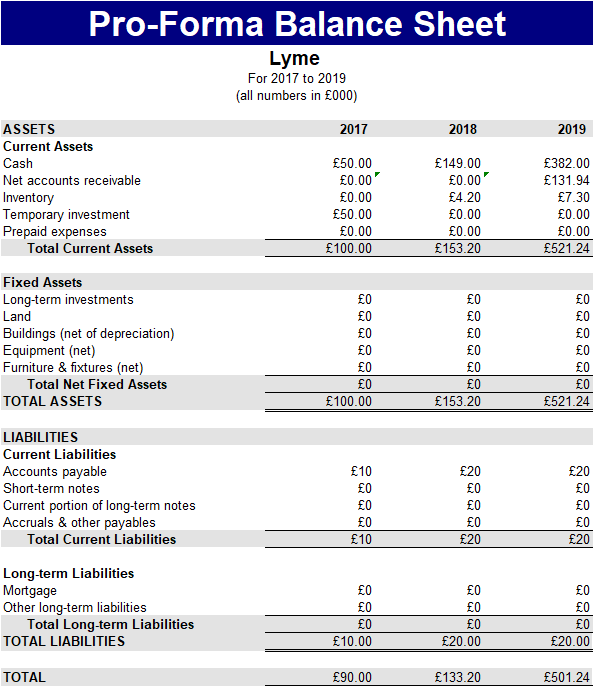· Jack Young · Education · 9 min read
Unit 1 (M1, D1): Evaluating Communication Techniques
Evaluate interpersonal and written communications techniques and explain mechanisms that can reduce the impact of communication barriers.

Communication Techniques
Evaluate interpersonal and written communications techniques (D1)
Interpersonal skills are used in everyday to communicate and interact with other people. People who have worked on developing strong interpersonal skills are usually more successful in teams and being able to effectively communicate with colleagues and customers.
Sign Language
Sign language is an effective way for people with speak or hearing disabilities to communicate what they wish to say. Sign language involves the use of your hands and body language as well as facial expressions and lip reading to communicate.
Lip Reading
Lip reading is an effective way for people who suffer from hearing disabilities. They can understand what the person is trying to say by reading their lips and working out what word they are trying to say is. They do this by looking at the shape of the lips, face and month to hear the punctuation.
Gestures
Gestures are an effective way for people to communicate non-verbally in which body actions can communicate different messages.
Verbal Exchanges
A verbal exchange is simply a conversation. You use them most effectively by always being polite, kind, and respectful, and listening to what the other person is saying so that you can respond appropriately.
Techniques and Cues
A technique is a particular way to perform a task or activity, for example, when playing football, the way you kick the ball is your technique and it must be good to achieve what you are trying to do with the ball.
Body Language
Your body language is an important factor when communicating with someone face to face as it shows more than you know. If I was being interviewed for a job and I was slouching with my arms crossed; this would give the impression to the employer that I do not want to be here and I do not care of what is being said. This still applies if I was talking to someone on a phone. Although they cannot see me, they can hear my tone and how I speak, are there any pauses? Body language can have an impact on how you communicate to one another. You might have you ever been in the situation when you did not believe what someone was saying. Perhaps they were saying “Yes” yet their heads were shaking “No”? This is because of body language. Being able to read body language it can sense moments like these. You can judge based on their eye contact or their tone of voice or even pick out key features that you notice every time. Maybe someone always looks at their feet before they lie?
Use of Intonation
Intonation is the use of pitch while speaking. You use intonation to convey information or personal attitude.
Positive Language
Positive language is about using phrases that show that you are taking responsibility for your actions and that you value people’s opinions and show that you can learn from others. For example, saying “I could never do that” is a statement limiting yourself, this is negative, instead saying “I need to work harder” demonstrates you could do better but your striving to do better.
Negative Language
Negative language is using phrases like “Do not do this” or “Do not do that”. Using phrases like these can seem quite aggressive to others which sometimes can lead to them actually doing it instead of not because they are curious to see what will happen. Using phrases like “In future, could you please put it in the bin”, this phrase has not got negative language in it, but still means the same thing as “Do not litter!”, but it is put a better way.
Empathy
Empathy is a selfless act; it enables us to learn more about people and relationships with people. Sometimes, empathy can be misunderstood.
Empathy is the ability to see the world as another person, to share and understand another person’s feelings, needs, concerns and/or emotional state.
You can probably think of examples when you have felt empathy for others or when others have been empathetic towards you. Imagine a colleague becomes stressed at work due to an unfortunate situation in their personal life; their productivity falls and deadlines are missed. If you were empathetic you might try to relieve work pressures and offer to help out where you could. You could try to imagine how it must feel to be that person and understand why their work commitments were not being met.
Active Engagements
Active engagements can be noticed when you are listening to someone, you often see them give signs to show they are listening; by nodding or saying “yes”. You can also give signs based upon your reaction, if someone said something you do not like, and then you could give a frown to acknowledge that you heard what is said and then showed your reaction so they can interpret your response, in this case, you are not agreeing or not liking their response. When someone has finished speaking it could mean that you are expected to speak. They could finish with a question like “What do you think?” and then give you the chance to respond or they could use body language to indicate it is your turn to speak by simply pointing at you to show that they are now listening. You can then confirm you understand by summarising what has just be said to make it clear you both have an understanding with each other before making your own comments. Whenever I am talking to someone and they are telling me something I always nod my head because then they know I am listening to what they are saying and taking it all in.
Nodding
Nodding is a sign for “Yes” or a simple acknowledgement. For example, if someone said “Are you busy tonight?” a nod would mean “Yes”. Also, if someone said “I am going out tonight, I’ll be back later” a nod would simply be an ‘acknowledgement’.
Summarising
Summarising is summing up something or reciting something using fewer words than you heard. For example, if a teacher tells a short story and asked someone to summarise it, they would re-tell the story but only talking about the main and very relevant points.
Paraphrasing
Paraphrasing is copying down a piece of text but trimming it down and making it shorter, only copying the main points. For example, if a student is paraphrasing a paragraph about trees, he will include key information.
Types of Questions
Closed
Closed questions invite a short focused answer which sometimes is either “Yes” or “No”, but there can be other responses too. Closed questions are usually easy to answer as the choice of answer is limited. They can be effective by using it in early conversations to encourage participation and other things.
Open
Open questions allow for much longer responses and therefore potentially more creativity in the answer. There are lots of different types of open question; for example, someone could say “What do you want for dinner?” and the response could be whatever you want it to be.
Speed of Response
Speed to response is the time it takes for someone to reply to a question, if someone is taking longer to reply to a question it could mean that they are unsure about an answer or is nervous about what to say or the response they may receive. For example, if a teacher asks me a question and I do not answer is quickly, it could mean I do not know the answer; or it could mean that I am nervous to say the answer.
Probing
Probing is the constant questioning to gain a certain piece of information from someone. For example, if I have done something naughty and a teacher is asking me “Why have you done this?” the teacher will keep asking to gain this information.
Resolving Communication Barriers
Explain mechanisms that can reduce the impact of communication barriers (M1)
Concentration
A lack of concentration means that someone cannot concentrate on what they are doing. Some people who are listening to a presentation may lose their concentration, this could be due to having their mind on something else or they are not motivated to listen or simply bored. To resolve this, the presenter must have short, clear points in which will be able to capture the listener at all times. It is also important for the presenter to capture their attention, this could be by making them join in, and this could be by asking them questions or getting them involved within a group activity.
Background Noise
Background noise is a noise that is heard in the background. If people are muttering or talking to one another or people walking around making loud footsteps is a mechanism of a communication barrier. If there is a presentation going on in the other room then this can possibly distract the presenter of what he or she is talking about and also can result in the listeners not being able to hear the presentation. This mechanism can be reduced by relocating the presentation in a more suitable quit location.
Distractions
Distractions are things that distract someone from what are they are doing or trying to achieve. If people do not turn off their mobile phones, then when it rings, it can cause a distraction in which other people will look around to see who it was. Using the same example; if there is a presentation going on in the other room this can make them distracted that there is a mobile phone ringing. To reduce this barrier, you can tell people to put their phone in silent mode. In some workplaces, such as a help desk, phones are a crucial part to what they do and so it would be wiser to move the presentation away from all the telephones.
Cultural Differences
In multicultural workplaces, cultural and language differences can sometimes interfere with the progress within a workplace. Cultural barriers can also take the form of a unique workplace environment where workers are expected to behave in a particular way to gain acceptance. For example, some workplaces exhibit an autocratic culture where differing points of view are not tolerated, which can limit communication. In addition, language barriers can result not only when workers have different native languages but when they use terminology or ‘slang’ that is unfamiliar to new workers and are not sure what they are saying.



